Sample packs are the secret weapons in a music producer’s arsenal, providing instant inspiration, diverse sounds, and a shortcut to professional-sounding tracks.
They can revolutionize your workflow, infuse fresh life into your tracks, and elevate your productions to industry standards.
However, if you don’t know how to use sample packs effectively, it’s like having a treasure chest but no key.
You might find yourself overwhelmed by the abundance, or worse, sounding generic and boring.
But don’t worry, that’s why we’re going to break it all down for you today.
We’ll be covering:
- What sample packs are ✓
- selection criteria ✓
- How to create music with sample packs ✓
- Sampling techniques ✓
- Crafting signature sounds ✓
- Legal & ethical considerations ✓
- Advanced sampling tips & tricks ✓
By the time you finish this article, you won’t just be another producer with a hard drive full of samples.
You’ll possess the knowledge, techniques, and confidence to use and manipulate these samples like a true pro.
So, let’s dive in…
Table of Contents
What are Sample Packs?
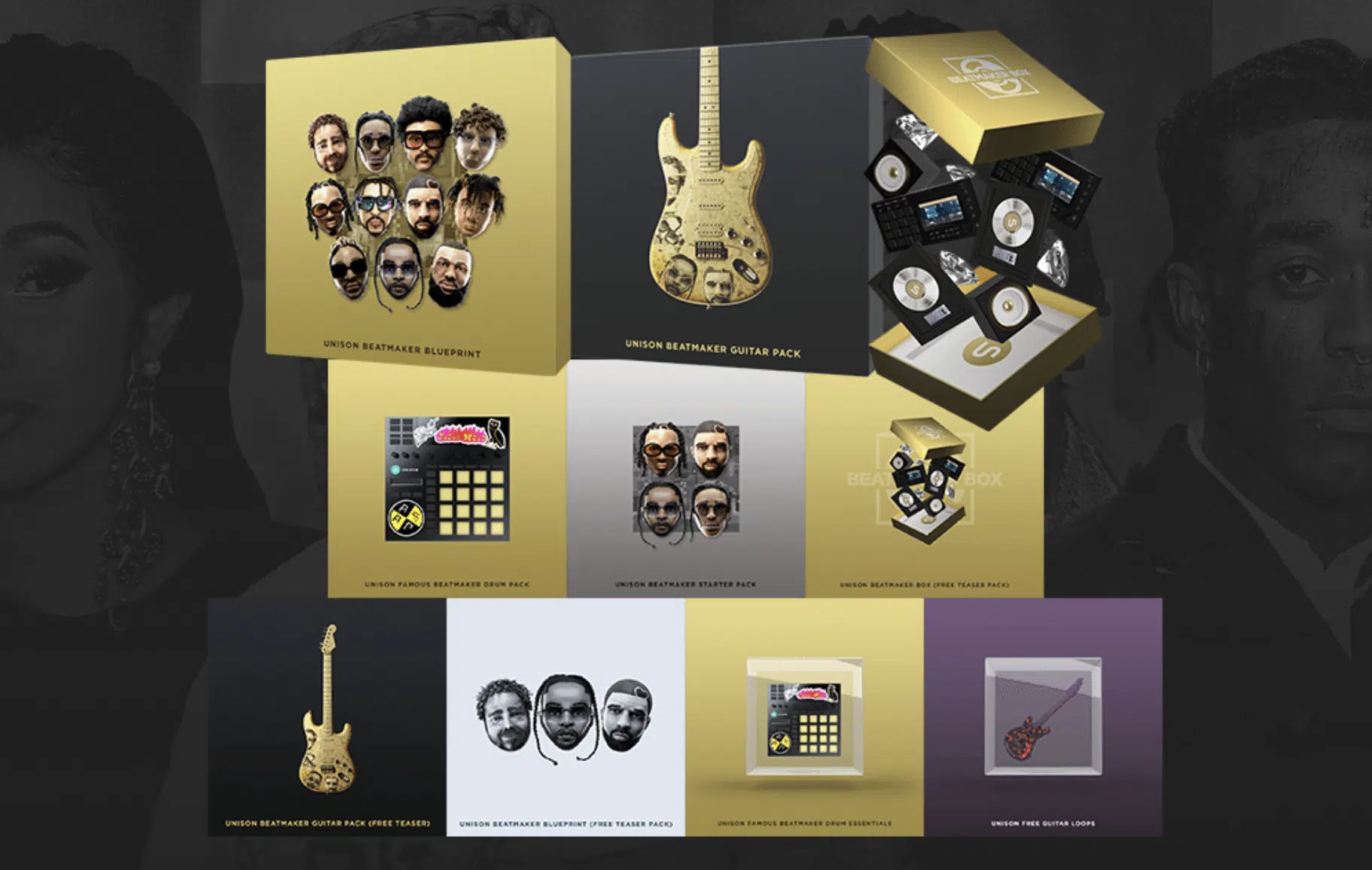
Sample packs, as their name suggests, are collections of audio clips, individual sounds, or sequences meant for use in music production.
Over the years, they’ve become a staple for music producers, new and seasoned alike.
They serve as invaluable tools in the creative process.
Their significance in today’s digital music production scene cannot be understated.
From budding producers experimenting in their bedrooms to chart-topping artists crafting hits, many rely on sample packs to infuse fresh, high-quality sounds into their beats.
Historically, sampling was limited to those with expensive equipment and access to vast vinyl records.
But today?…
Sample packs have democratized the process 一 allowing anyone to incorporate samples for that perfect sound.
From hip hop beats to intriguing melodies, sample packs are the key.
Sample Packs: Breaking Down What’s Inside
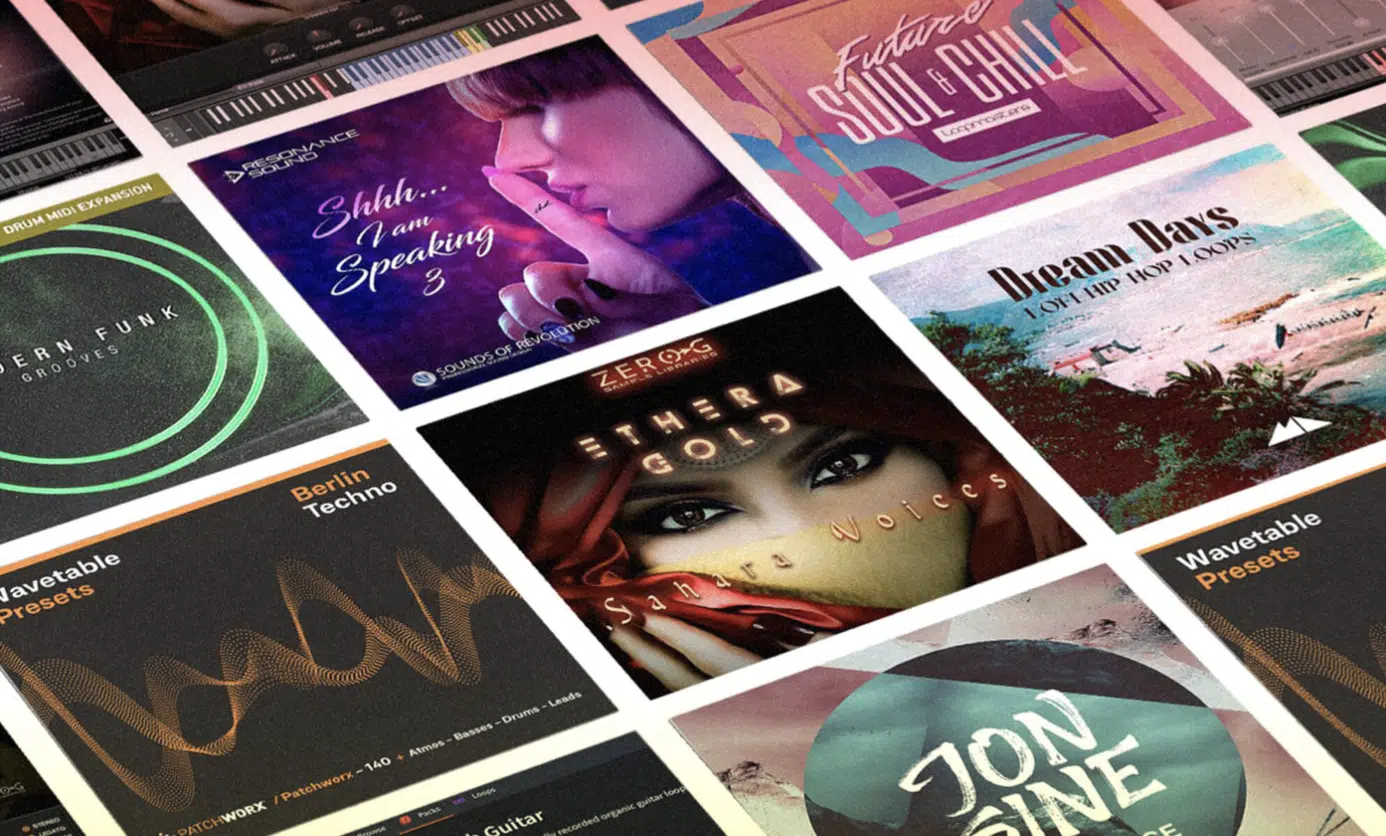
Inside every sample pack, you’ll discover a treasure trove of sonic goodies.
These can range from:
- One-shot drum hits
- Loops that can be integrated directly into tracks
- Intricate construction kits designed to help craft an entire song
- Everything in between
One-shots and loops are staples in many sample packs.
While one-shots are individual sounds like a kick drum or hi-hats, loops are sequences of sounds that can be used as-is.
They provide an easy way to infuse a track with a rhythm or melody.
Beyond these basics, sample packs often boast high-quality WAV files, MIDI data, and other vital components.
These ensure a producer has all the sounds they need to make a song resonate 一 from the deepest bass to the crispest snare.
NOTE: Each audio clip in a sample pack is typically labeled with key details.
This may include the key it’s in, the BPM (beats per minute), and even suggestions for which instrument might best complement it.
But it’s not just about having a ton of sounds… the quality of these sounds is paramount.
You should always opt for high-quality, well-curated samples.
The difference it makes is a more polished, professional-sounding track every time.
Selecting The Right Sample Packs
With thousands of options available, choosing the right sample pack can feel overwhelming.
But fear not, here’s how to sift through the noise and select the perfect pack:
-
Quality Over Quantity
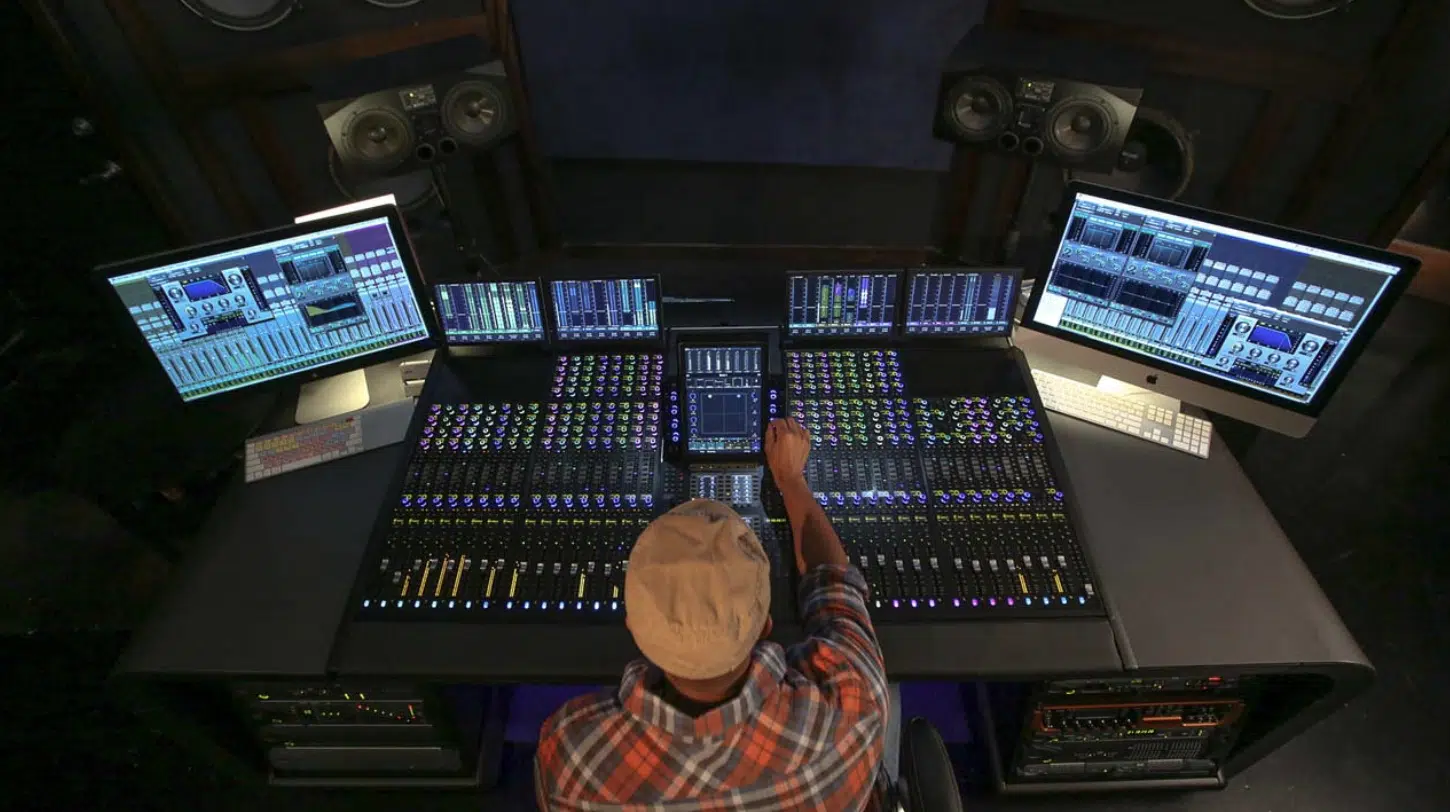
In the exciting realm of music production, it’s tempting to hoard dozens (if not hundreds) of sample packs.
But more isn’t always better… It’s the quality of those samples that can elevate a track from good to legendary.
A high-quality sample has:
- Depth
- Clarity
- Versatility
It seamlessly integrates into a mix 一 whether you’re going for a gritty hip hop vibe or a more melodic tune.
Plus, these samples save you heaps of time in post-processing.
But how to distinguish?
Well, be wary of packs that sound way too generic or have a super low-quality feel.
These can muddy your mix and detract from your track’s overall sound.
It’s always better to have a few top-notch samples than thousands of mediocre ones.
-
Exploring Different Genres

While it’s natural to gravitate towards sample packs that align with your preferred genre, there’s magic in diversification.
By exploring sounds from various genres, you unlock a whole new world of creative possibilities.
Take hip hop, for example…
Some of the most iconic tracks incorporate elements from:
By blending genres, you not only make your music more interesting but also give it a unique signature sound.
So next time you’re on the hunt, don’t just stick to your usual.
Dive into something unfamiliar 一 like that unexpected guitar riff or exotic loop might be just what your track needs to stand out.
Integrating Sample Packs into Your Tracks
Once you’ve handpicked the perfect sample packs, the real fun begins.
It’s time to weave those sounds into your tracks.
Incorporating samples isn’t just about dragging and dropping; it’s an art in itself.
Let’s explore some techniques to master this craft…
-
Using Loops & One Shots
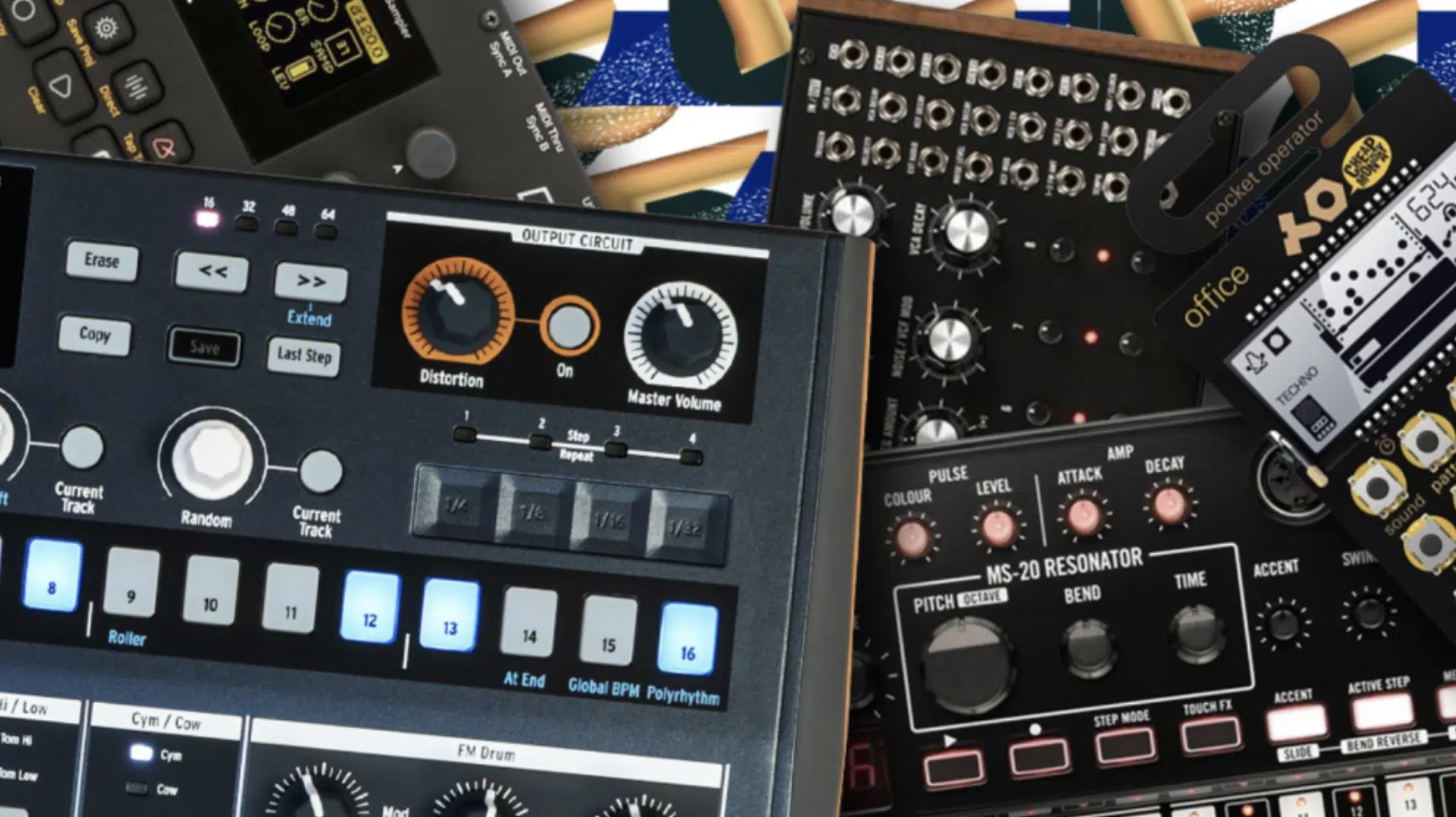
Loops are a fabulous tool for producers.
A high-quality loop can provide a track’s backbone 一 setting the rhythm and tone.
For instance, you might find a royalty-free hip hop drum loop that’s so on point, you’ll want to build your entire track around it.
One shots, on the other hand, are single hits (hence the name ‘one shots’) or sounds.
Think of that perfect kick drum or snappy hi-hat; these are invaluable because they give you the freedom to create your own patterns and rhythms.
Imagine finding a series of one shots in a free sample pack that, when combined, creates a unique and interesting sound that stands out in a hip hop track.
However, while loops offer a ready-made solution, they can sometimes limit creativity.
Remember, many producers might be using that same loop.
One way around this is to layer multiple loops or integrate individual sounds from other packs 一 creating a hybrid that’s uniquely yours.
The key, however, especially when you’re first learning how to use sample packs is balance.
While it’s great to layer sounds for depth, it’s vital to ensure your audio track doesn’t become too cluttered.
Use an EQ to cut frequencies and allow each sound its own space in the mix.
-
Time Stretching & Pitching Samples
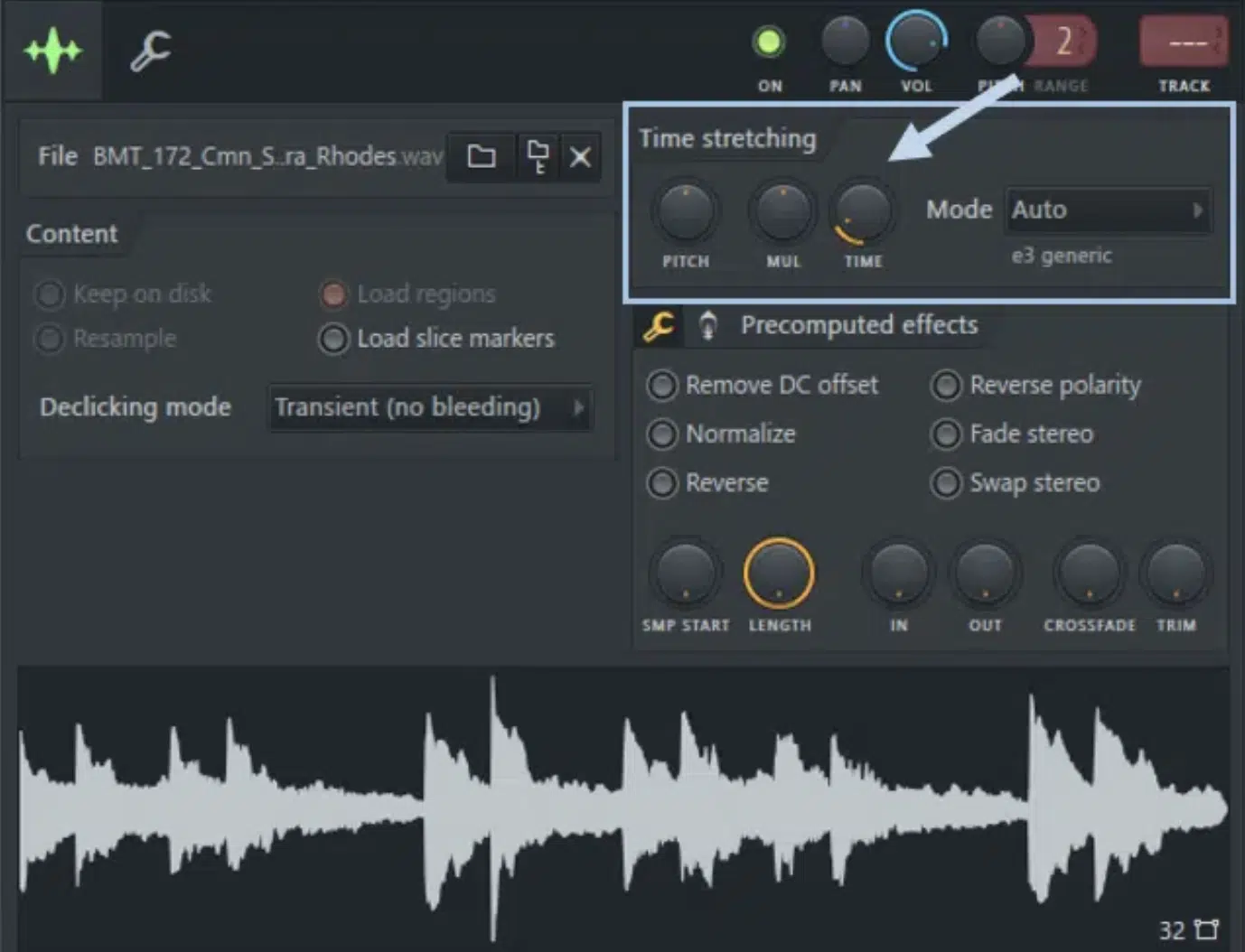
Every producer has been there: you’ve found the perfect loop, but it’s just a tad too fast or slow for your track.
Enter the ‘time stretch’ technique.
This time stretch technique allows you to change a the speed of one sample without affecting its pitch to create the right sound for your track.
For example, if you’re sampling an old vinyl record, you might need to stretch a loop to fit your track’s tempo.
Ableton’s Simpler is a great tool for this.
But remember, excessive time stretching can lead to a low quality sound, so always keep an ear out for anomalies.
Pitching samples, meanwhile, adjusts the sample’s key.
If you have a melody loop that sounds great but is off-key, use pitching to align it.
Just ensure you’re staying in the same key or choosing a complementary one to maintain harmony in your track.
-
MIDI & Sampling
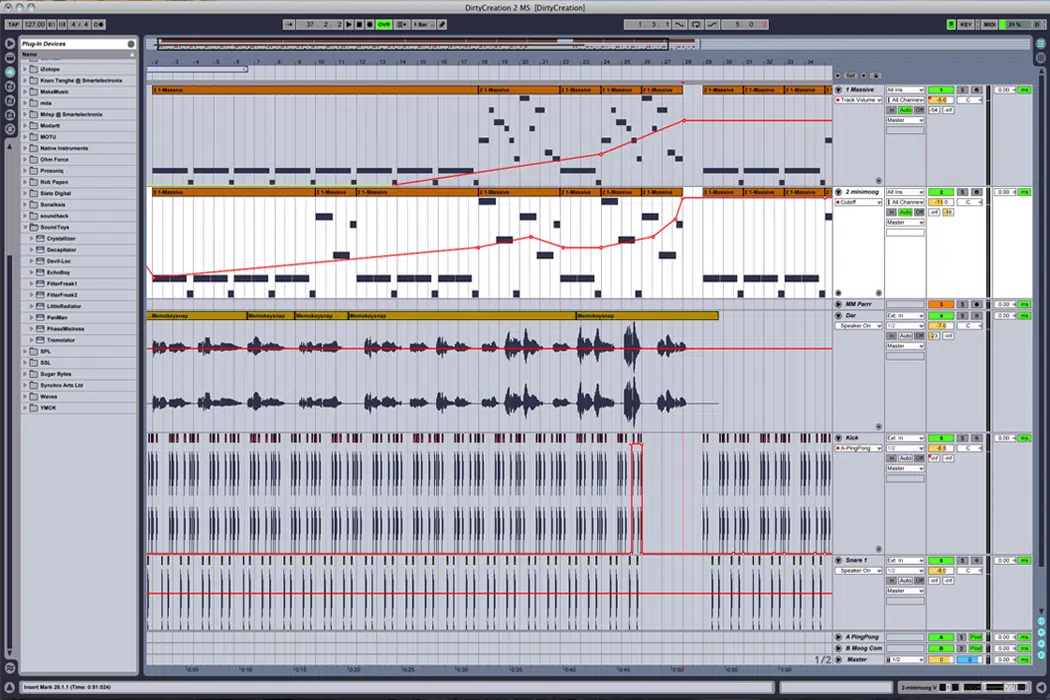
Integrating MIDI with your samples is game-changing.
MIDI data allows you to manipulate samples further, assigning individual sounds to keys on your MIDI controller.
Say you’ve downloaded a sample pack with various one shots.
Using a sampler, you can assign each one shot to a different key 一 allowing you to play them as if they were an instrument.
This gives you the flexibility to create:
- Custom patterns
- Leads
- Even melodies
Moreover, with MIDI files often included in sample packs, you can get a peek into the anatomy of a loop.
Analyze the MIDI data to understand how a particular sequence was made, then tweak or completely transform it to fit your own productions.
Crafting Your Own Sound
Sample packs give you a world of sounds at your fingertips.
But the real magic?… Crafting a sound that’s unmistakably and unforgettably ‘you.’
With some ingenuity and the right techniques, you can twist, morph, and reshape samples to create a signature sound.
-
Manipulating Samples to Find Your Own Sound
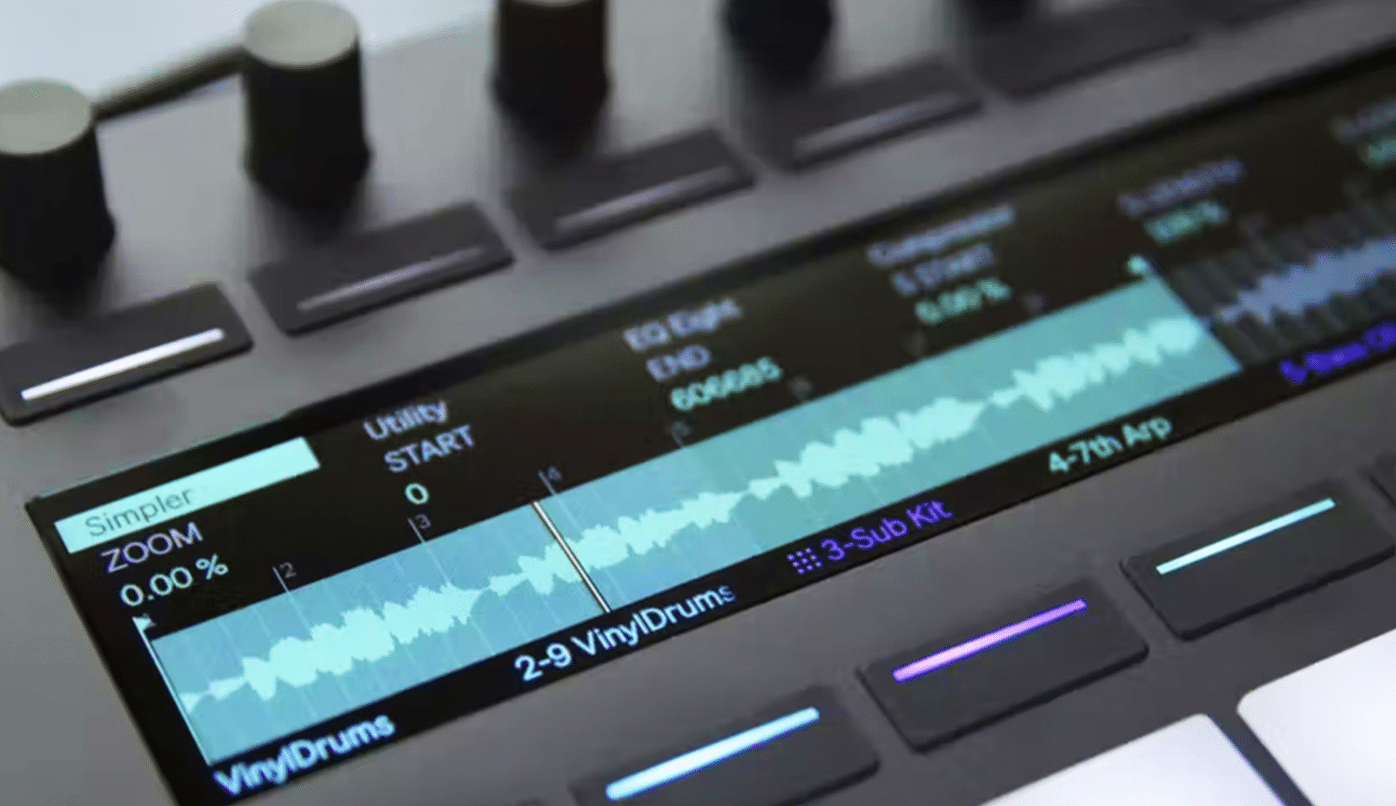
Ever heard a track and instantly knew the producer behind it?
That’s the power of a signature sound, and samples can be your ticket there.
Experiment with audio effects; a simple reverb or delay can transform a generic sound into something ethereal.
Consider layering multiple kicks or adding a touch of distortion to a snare to give it some grit.
Your goal, when on your music production journey, is to make that sample your own.
Reverse engineering can be beneficial.
Listen to tracks you admire, dissect them, and try to replicate the sounds you hear.
In the process, you’ll uncover new creative ways about how to use sample packs and manipulate your samples 一 leading you closer to your unique sonic identity.
-
Creating Your Own Samples
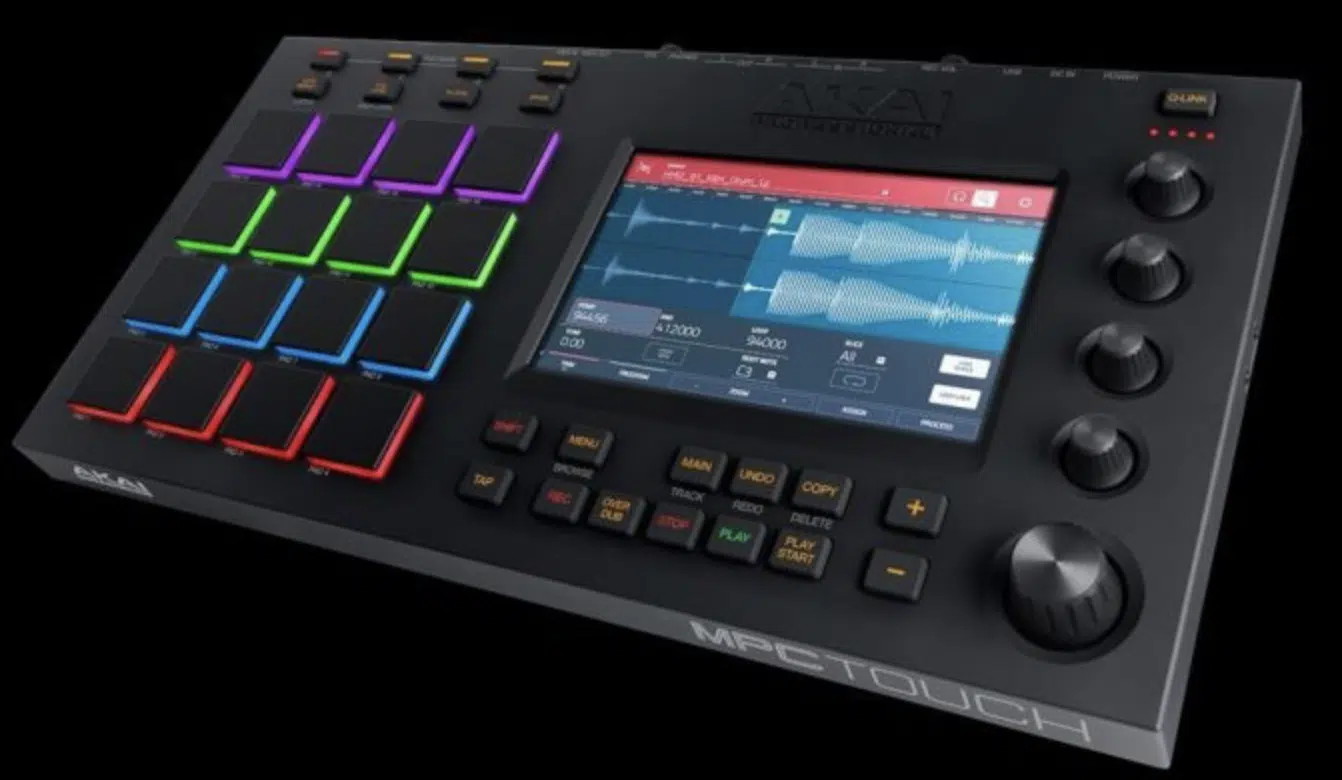
While sample packs offer a plethora of sounds, nothing beats the authenticity of your own original sample(s).
By recording sounds from your environment you create something no one else has, like:
- A door slamming
- Birds chirping
- Even the rustling of leaves
These raw recordings, once processed and refined, can become the most interesting sound elements in your track.
Imagine using a recording of raindrops as a rhythmic element in your track or stretching and pitching the sound of a breaking glass to use as a riser.
The process of making your own samples also hones your listening skills.
Over time, you’ll find that you hear music and rhythm in everyday sounds 一 broadening your sonic palette and enriching your tracks in unexpected ways.
But remember, the key is experimentation.
Play with pitches, layer different sounds, or try introducing different effects.
Sometimes, the most unexpected combinations can lead to the most captivating results.
If you’d like to learn everything there is to know about how to make your own custom sample packs, we’ve got you covered.
Legal & Ethical Aspects of Using Sample Packs
Diving into the world of sample packs is thrilling.
But there’s a side of sampling often overlooked: the legal and ethical implications.
It’s crucial for you to understand the boundaries to ensure that while the beats bang, the legal repercussions of your sample pack doesn’t.
-
Staying in the Clear with Royalty Free Packs
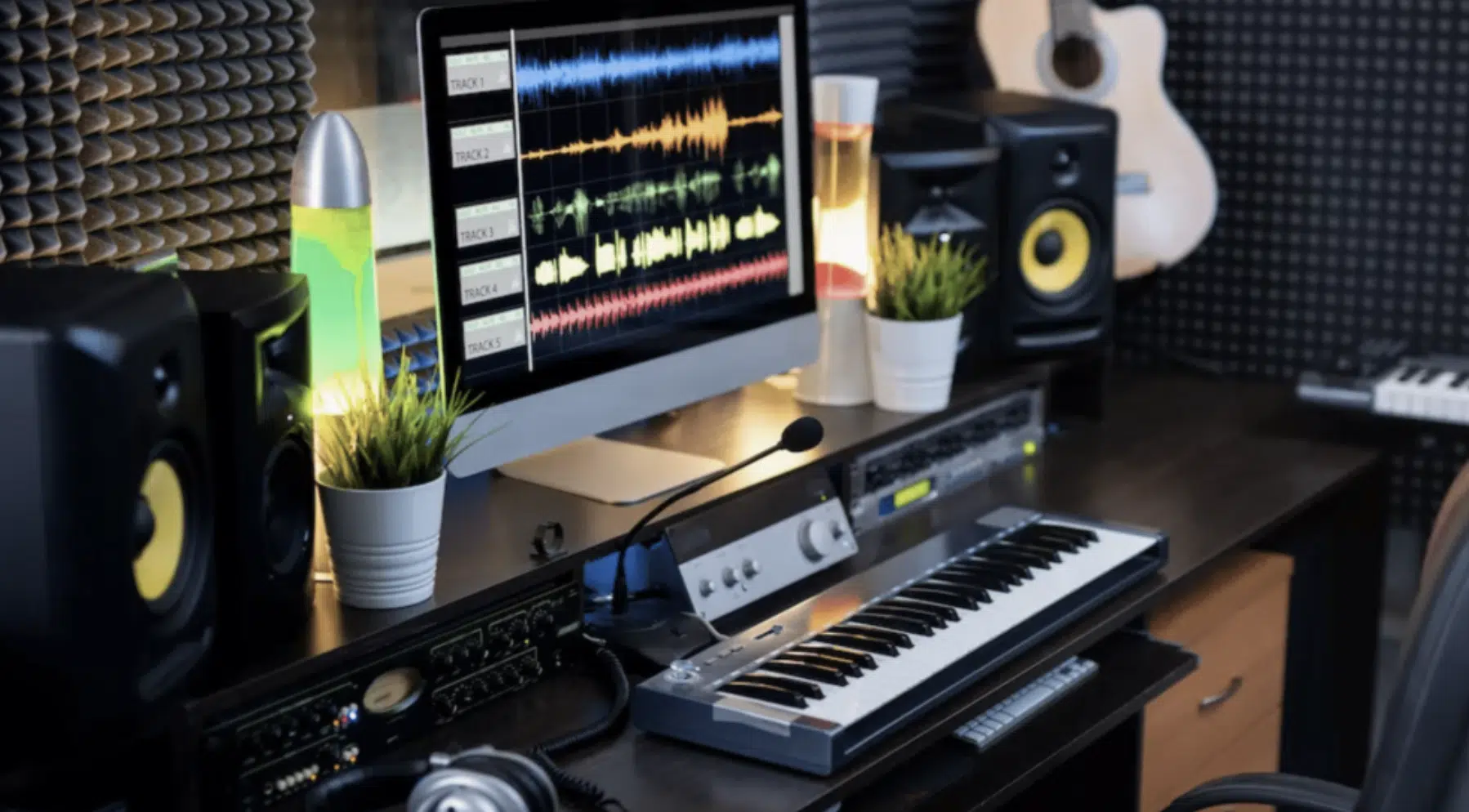
One way to stay out of legal trouble? Opt for royalty-free sample packs.
These packs grant producers the right to use the sounds without worrying about paying royalties to the original creators.
However, it’s important to understand the terms associated with these packs.
- Some 一 May allow for unlimited commercial use.
- Others 一 Might restrict certain uses, like in advertisements or mainstream radio.
Always read the licensing agreement; all the samples described as “royalty-free” don’t always mean “restriction-free.”
Additionally, while royalty-free samples reduce the risk of copyright infringement, they can be widely used by many producers.
To avoid sounding like everyone else, consider tweaking and manipulating these sounds to make them uniquely yours.
NOTE: All of our professional sample packs are completely royalty- and copyright-free!
Meaning, you can use them commercially in any project you’d like without any worry of legal issues, ever.
-
Credit Where Credit’s Due
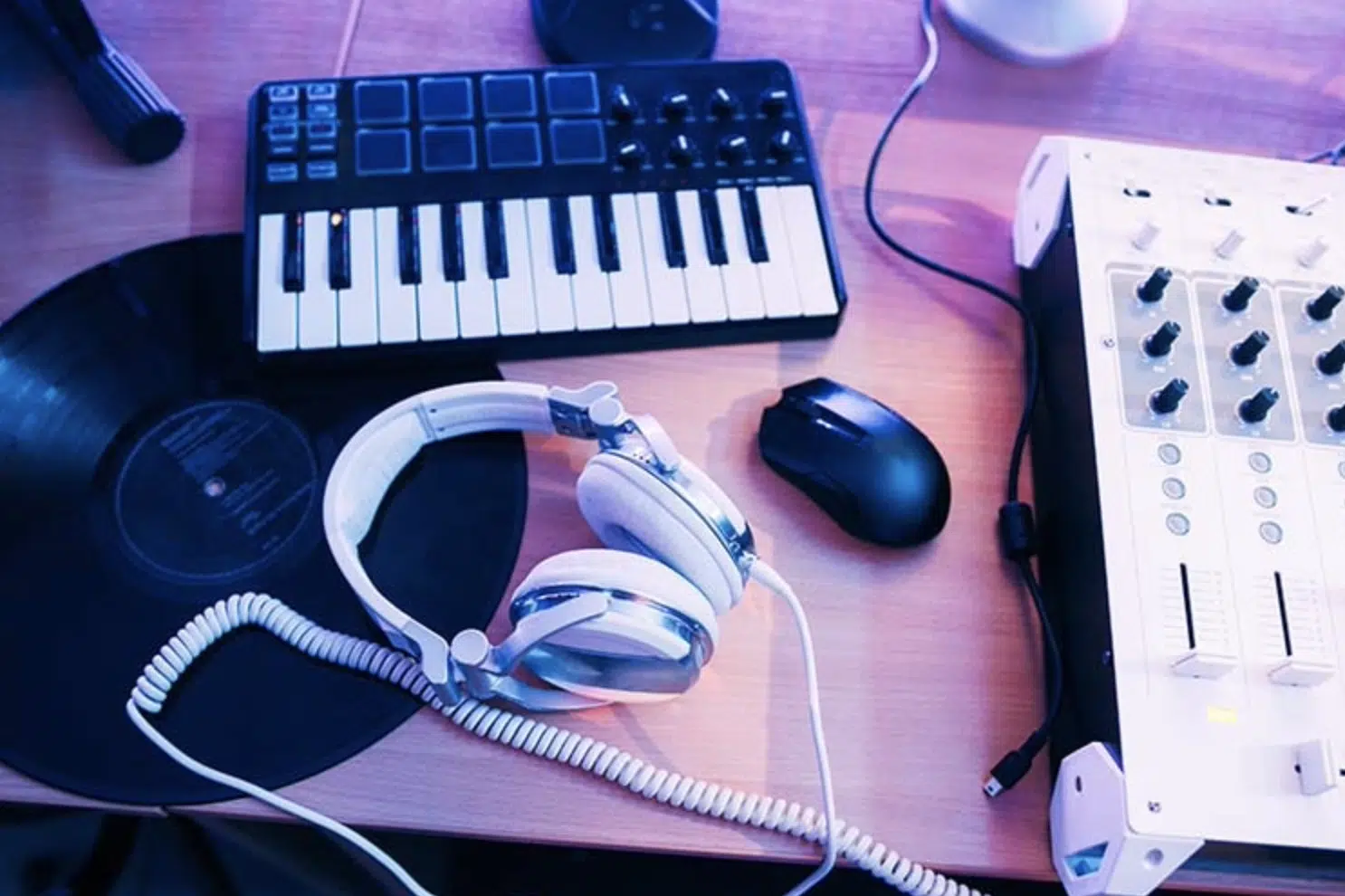
Giving credit is not just a legal obligation, but an ethical one.
Even if certain sample packs don’t mandate it, acknowledging the creators or the source is a gesture of respect towards fellow artists.
In some cases, especially when dealing with older music or non-royalty-free samples, you might need to clear the rights to use a particular sample in your music.
This can be a complex process involving tracking down rights holders and potentially paying fees.
Also, the line between inspiration and imitation when you find sample packs can be extremely thin, to say the least.
Always strive for originality 一 making sure to add your unique touch, even when working with samples.
This not only ensures you stand out but also prevents any potential disputes over originality.
Pro Tips for Advanced Sample Use
By now, you’ve got a solid grasp on the fundamentals of sample use.
But to truly elevate your productions, delve deeper into advanced sampling techniques.
-
Using Construction Kits for Bigger Projects
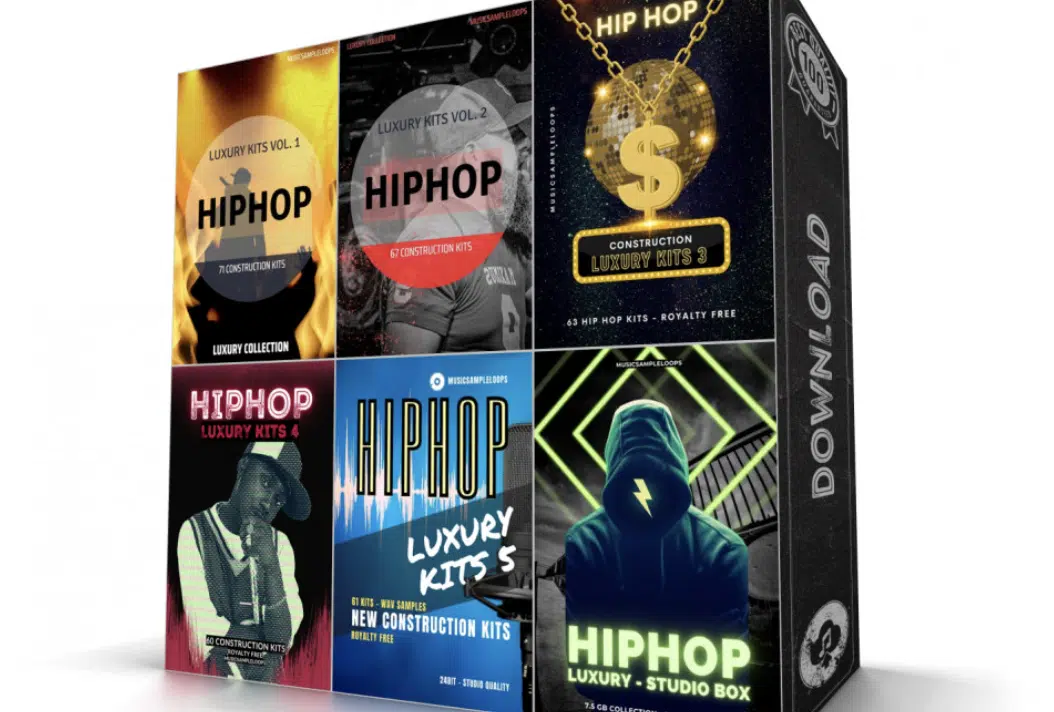
Construction kits are a treasure trove for producers, especially when working on larger projects like EPs or albums.
These construction kits provide cohesive sounds and samples meant to work together seamlessly.
For example, if you’re working on a trance album, a construction kit might provide:
These inclusions all share a particular sonic character 一 ensuring consistency across tracks.
Yet, as always, the key is to add your flair.
Use the provided samples as a foundation and layer, pitch, stretch, or process them to ensure your individuality shines through.
Remember, while construction kits streamline the production process, relying solely on them can make your sound way too generic and/or basic.
Try to blend their elements with your unique samples and sounds.
This will give you a richer, more diverse sonic landscape to display and showcase your creativity.
-
Creative Layering Techniques
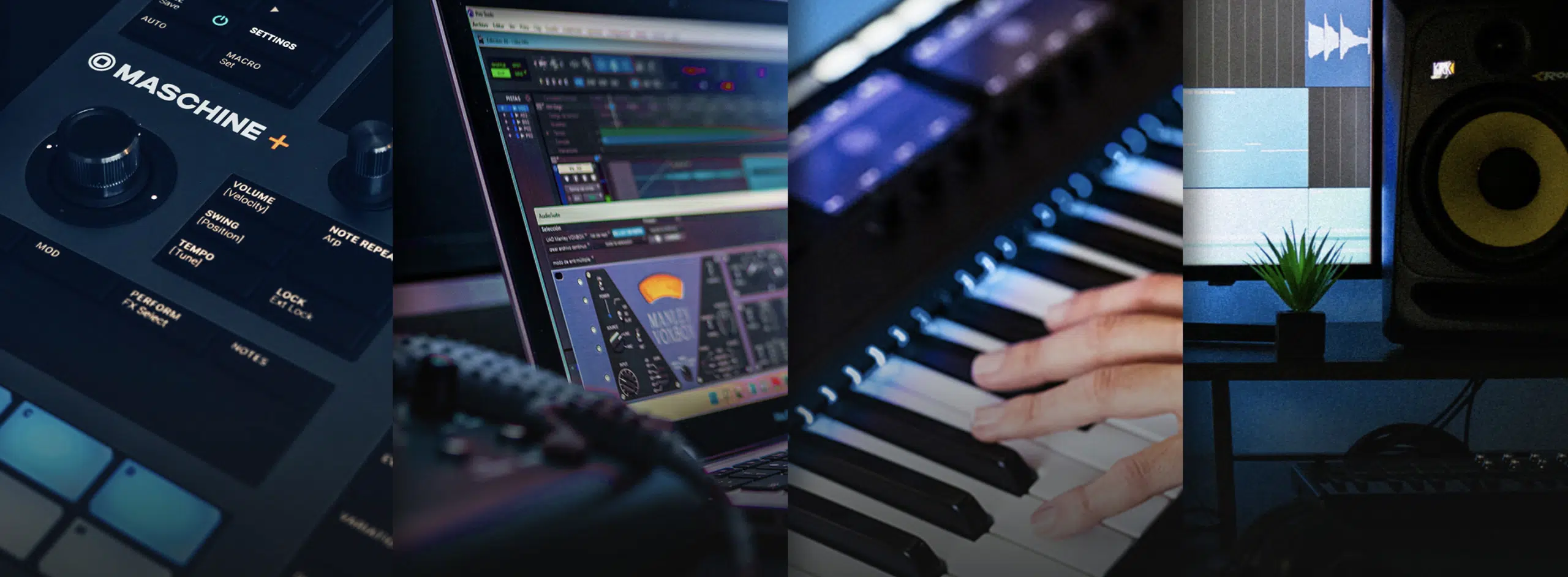
Layering is an art form.
By stacking different samples, you can create richer, fuller, and more complex sounds.
Consider kick drums… A single kick might lack the low-end punch you desire.
By layering it with another kick that has a pronounced low-end frequency and perhaps a third kick with a snappy transient, you can craft a kick that’s both powerful and piercing.
But layering isn’t just about stacking samples in your sample packs.
It’s also about the intricate process of EQing 一 ensuring that each layered element occupies its distinct frequency space.
This avoids muddiness and ensures clarity in the mix.
-
Granular Synthesis
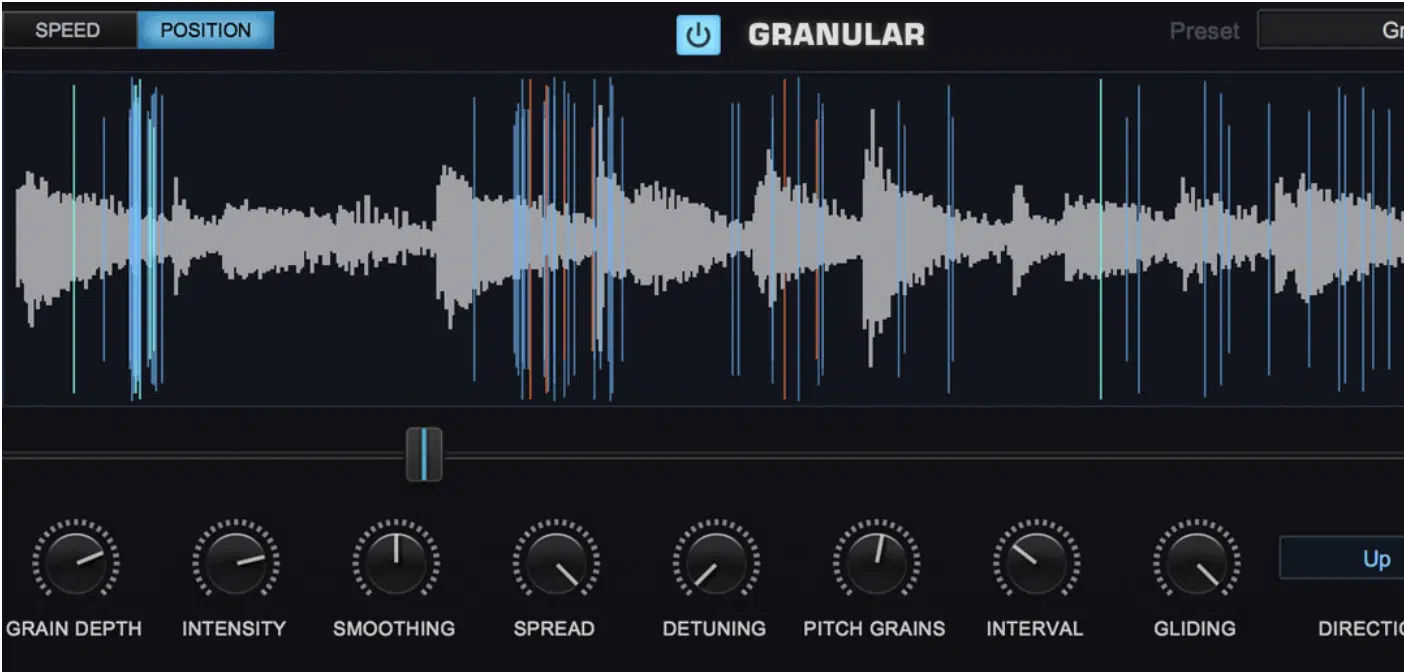
Granular synthesis, an advanced sampling technique, dives deep into the microscopic level of sound. B
y breaking the same sample into tiny grains and then playing them back in unique ways, you can create otherworldly textures and atmospheres.
Imagine taking a simple chord progression and transforming it into a shifting, evolving soundscape that ebbs and flows.
Granular synthesis can do this and more 一 making it a powerful tool for experimental and ambient producers.
However, like all techniques, it requires practice and patience.
Dive into software like Ableton’s Granulator II or Max/MSP to explore this vast sonic playground.
With patience, you’ll discover new realms of sound and push your music into uncharted territories.
How To Use Sample Packs: Final Thoughts
As you can see, knowing how to use sample packs is more than just dragging and dropping sounds onto your DAW; it’s an art.
It’s all about:
- Understanding the individual components
- Curating your unique sonic palette
- Consistently evolving your craft
The right samples can catapult your tracks from average to mind-blowing.
However, the magic truly happens when you infuse them with your own creativity and technique.
Speaking of tools to elevate your beats, have you checked out the free Unison Beatmaker Blueprint yet?
This Free Teaser Pack provides you with 449 samples, loops, and MIDIs.
It’s an absolute game-changer for producers looking to refine their sound and innovate their beats.
Best of all, it’s free of charge and 100% royalty-free!
It’s resources like these that can propel you further into your music production journey 一 ensuring every beat you make resonates with purpose and passion.
So, go forth and sample with confidence and creativity.
Your sound is waiting to be discovered, and the world is ready to hear it.
Until next time…







Leave a Reply
You must belogged in to post a comment.